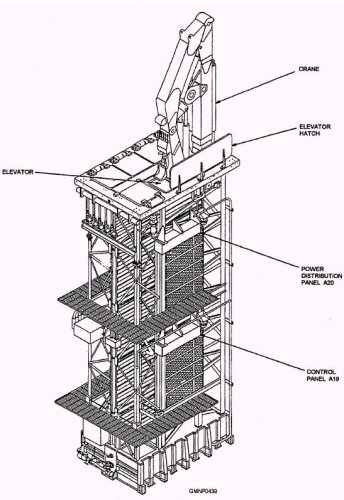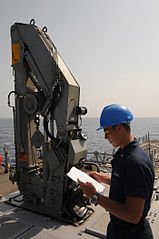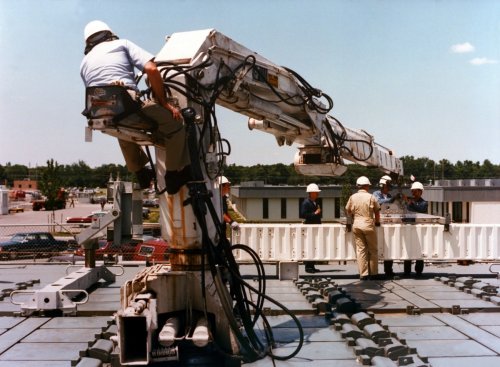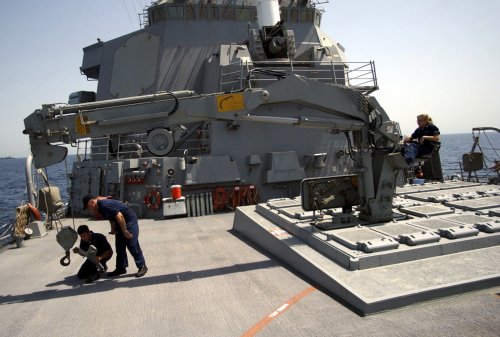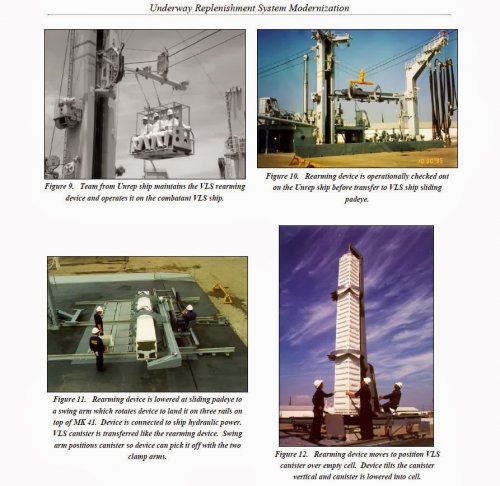lastdingo said:
https://en.wikipedia.org/wiki/Sonar_2087
https://www.thalesgroup.com/sites/default/files/medias/documents/MP%203206%20SONAR%202087.pdf
Still monostatic installations which due to the inherent range resolution limitations of LF requires a helicopter or MPA
to go perform a finer grained sweep.
Frankly, I'm only sanguine about non-acoustic techniques against modern subs.
Still there are 5 US LFASS platforms and (through cost sharing) 3 Japanese LFAS platforms available which is adequate
but not ideal.
But again, threat subs equipped with bi-static LF receivers are likely to have near FCQ
tracks of LF emitters long before the sub is detected. So you better attach the emitters to platforms
you can afford to lose or that are sufficiently low-value that a sub skipper is not willing to
risk exposing his position by attacking.
lastdingo said:
AIM-120 was ready by the early 1990's, so to have an active radar seeker naval SAMs in service was feasible by the early 90's.
The USN did not hesitate to replace Sparrow with AMRAAM for whatever clutter issues. AIM-120A arrived in the very early 90's (some copies were even carried in Desert Storm '91), and the B version in 1994. They both had data downlink already.
AIM-120 A/B were uplink only and totally unsuited to maritime clutter and multipath environments.
AMRAAM didn't get credible counter-cruise missile updates until C6 and, ideally, the firing platform
still needs a beam aspect on the target.
At best, it would been useful solely in last ditch defense for which RAM is inherently better
suited.
lastdingo said:
The Aster missile family was in service in 2001.
https://en.wikipedia.org/wiki/Aster_(missile_family)
Its testing against air targets began in around '93-'95 and against seaskimmers in 1997, with some direct hits.
And much shorter range (in the form that was tested during that period) than ESSM or SM.
As pointed out above, things are easier for active RF missiles if the handover is quick since error
accumulation in target track is, to a first order approximation, a function of time and therefore range.
lastdingo said:
It was too much in love with its 'AEGIS + SM-2' approach and too occupied with the BMD craze.
Which of course explains the IR seeker and trajectory shaping additions to SM-2 which are
not AEGIS dependent and strictly focused on airbreathing sea skimmers.
lastdingo said:
Keep in mind that the combination of E-2D, SM-6 and ESSM Blk II put a huge question mark behind those huge SPY-x radars and
thus the Arleigh Burke DDG concept in itself.
They don't. How do you think the ship tracks and communicates with these long range,
active missiles in flight, at range and against jamming?
SM-6 is also a completely different beast than Aster; compare the range and aperture size
not to mention the varied mission set.
Aside from OTH (or the near OTH) case, the main utility of active RF SAMs is in reducing dependence
on illuminators in the terminal phase during large raids.
Of course, ICWI waveforms from shipborne AESAs can do this as well but not every SM/ESSM
launching platform has these so there's a need for an active seeker.
lastdingo said:
BTW, hard kill is but one method against quasiballistic anti-ship missiles, and it incurs huge costs and requires to give away some key ships' position with powerful emissions by search radars.
Very few of the proposed soft-kill mechanisms hold up under scrutiny (e.g. DIRCM against IIR)
and still put the defender at the mercy of Red's war reserve modes. They are a fine adjunct
to hard-kill in that they help preserve hard-kill inventory.
In many cases, the ship's own radars aren't being employed for anything but the terminal phase
or interceptor uplink/downlink.

